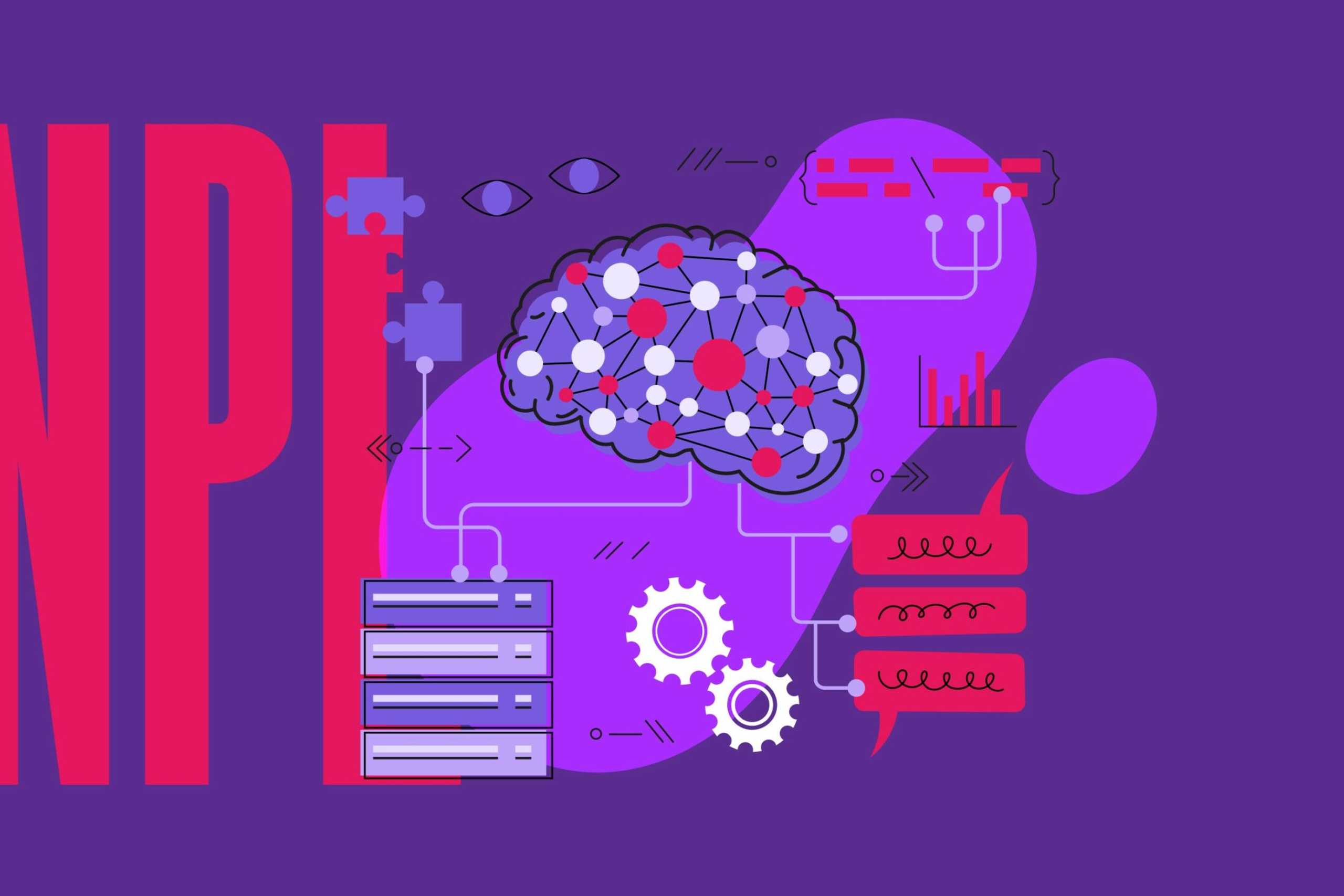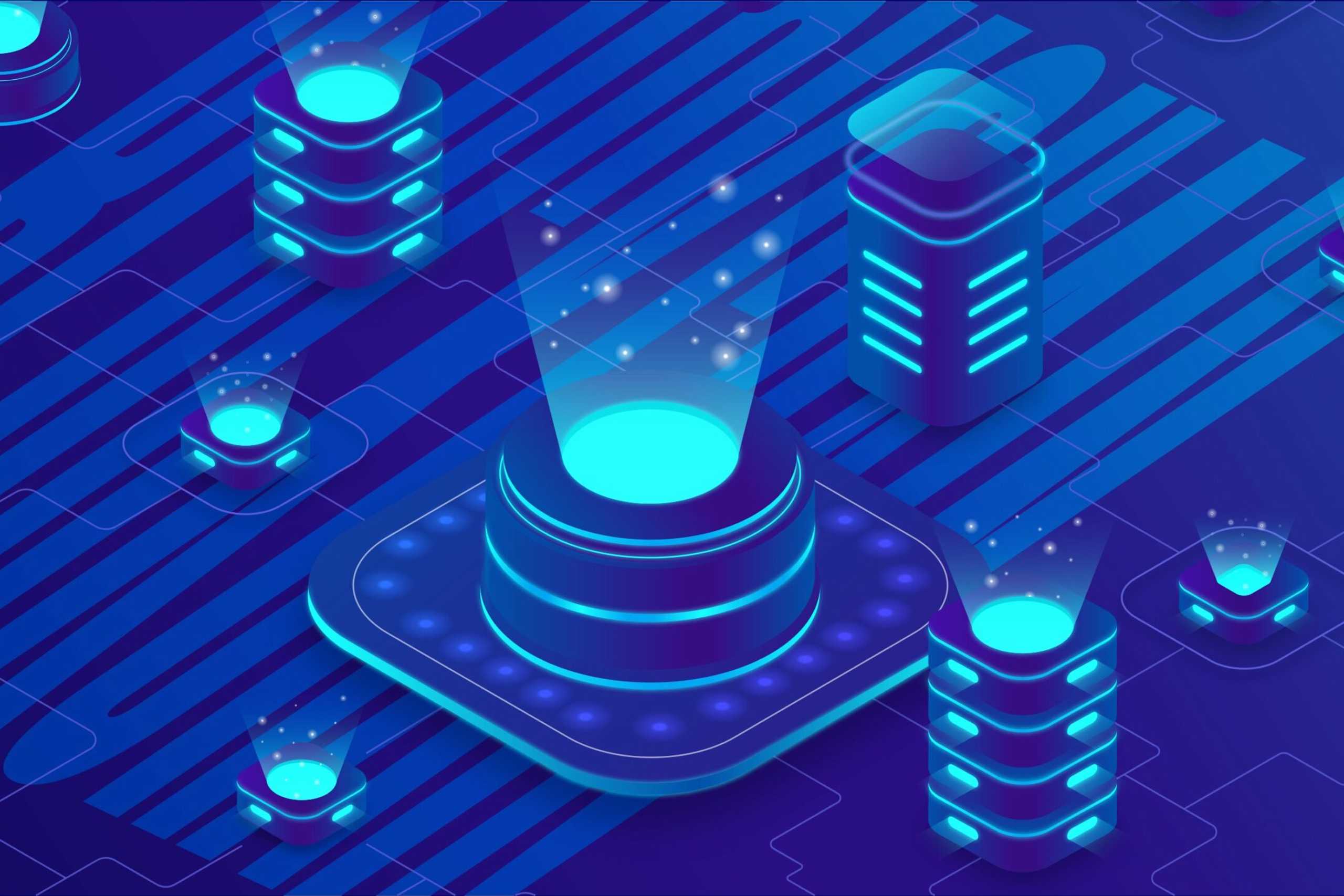
September 28, 2023
In an era where digital commerce is king and consumers demand more seamless and personalized shopping experiences than ever before, traditional ecommerce approaches have reached their limits.
Enter the game-changer: “Headless Ecommerce,” a concept revolutionizing the way we engage with customers across multiple digital channels.
In this digital age, where consumers seamlessly transition between websites, mobile apps, social media, and even voice-activated devices to make their purchases, the need for a unified and flexible approach to online retail has never been more critical.
This is precisely where headless ecommerce steps into the spotlight, empowering businesses to craft tailored, immersive, and high-performance experiences for their customers.
In this article, we’ll explore the concept of Headless Ecommerce, explaining why traditional content management systems no longer meet the omnichannel challenge.
We’ll delve into the advantages, trends, as well as challenges faced by retailers as they navigate the path to omnichannel excellence.
So, fasten your seatbelts as we embark on a journey to discover the power of “Empowering Developers: Harnessing Headless Ecommerce for Omnichannel Strategy.”
Explore the transformational capabilities of headless commerce, and how it empowers businesses to meet the demands of an ever-evolving digital retail ecosystem.
Definition of Headless Ecommerce
Headless ecommerce refers to a modern approach to online retail where the front-end (the user interface) and back-end (the content management and commerce engine) of an ecommerce platform are decoupled or “headless” from each other.
This decoupling allows for greater flexibility and customization in delivering content and shopping experiences across various digital channels.
Unlike traditional content management systems (CMS), which tightly integrate the front-end and back-end, headless ecommerce empowers retailers to deliver consistent and engaging experiences across web, mobile apps, social media, chatbots, and more.
Why Traditional CMS is Not Suitable for Omnichannel Strategy?
Traditional CMS platforms are designed primarily for website management, which makes them ill-suited for the complexities of omnichannel retail.
Here are a few reasons why traditional CMS falls short in supporting an effective omnichannel strategy:
Limited Flexibility
Traditional CMS systems often provide limited control over the presentation layer, making it difficult to create unique and tailored experiences for each channel.
With headless commerce, developers have the freedom to design and build user interfaces that are optimized for each channel.
Inefficient Performance
Traditional CMS systems can struggle with the demands of handling multiple channels, resulting in slower page load times and a subpar user experience.
Headless ecommerce, on the other hand, optimizes the delivery of content, resulting in faster page load times, reduced bounce rates, and improved search engine rankings.
Integration Challenges
Integrating a traditional CMS with multiple sales channels and backend systems can be complex, time-consuming, and costly.
Headless ecommerce platforms are designed with robust APIs that make it easier to integrate with various sales channels, enabling a unified inventory management and order fulfillment process.
Advantages of Headless Ecommerce in Omnichannel Strategy
Now that we understand the limitations of traditional CMS, let’s delve into the advantages of harnessing headless ecommerce for your omnichannel strategy:
Flexibility and Customization
- Tailored User Experiences
With headless commerce, retailers can provide tailored user experiences for each channel. Whether a customer is shopping on a website, mobile app, or social media platform, the experience can be optimized to suit the specific preferences and behaviors of users on that channel.
- Channel-Specific Content
Headless ecommerce allows retailers to create and deliver channel-specific content, promotions, and product information.
This means you can cater to the unique characteristics of each channel, ensuring that your messaging resonates effectively.
Scalability and Performance
- Handling High Traffic Loads
Headless ecommerce architectures are built to handle high volumes of traffic and transactions. This ensures that your system remains responsive even during peak shopping seasons or flash sales, preventing potential revenue loss due to slow or unavailable websites.
- Improved Page Load Time
By separating the front-end from the back-end, headless ecommerce can optimize the delivery of content. This results in faster page load times, enhancing the user experience and improving your site’s SEO ranking.
Integration Capabilities
- Integrating with Multiple Sales Channels
Headless ecommerce platforms are designed with robust APIs that simplify the integration with various sales channels, including marketplaces, social media, and third-party applications.
This integration allows for a unified inventory management and order fulfillment process, reducing operational complexity.
- Data Synchronization
Data synchronization across channels is streamlined with headless ecommerce. This ensures that product information, inventory levels, and customer data are consistent and up to date, enhancing the overall customer experience.
Empowering Developers for Success
Developers play a pivotal role in the successful implementation of headless ecommerce for an omnichannel strategy. Empowering developers with the right tools, resources, and best practices is essential for harnessing the full potential of this approach.
A. Developer-Centric Benefits
1. Ease of Development
Headless ecommerce simplifies the development process by decoupling the front-end and back-end systems.
This separation allows developers to work more efficiently and focus on creating compelling user experiences without being constrained by monolithic architectures.
Here’s why ease of development matters:
- Rapid Development: Developers can build and update front-end interfaces more quickly, reducing time-to-market for new features or channels.
- Flexibility: The decoupled nature of headless ecommerce gives developers the freedom to choose the best tools and technologies for specific tasks, optimizing development workflows.
2. Technology Stack Freedom
Headless ecommerce liberates developers from rigid technology stacks commonly associated with traditional ecommerce platforms. With technology stack freedom, developers can:
- Select the Right Tools: Developers can choose the programming languages, frameworks, and libraries that align with their expertise and project requirements, resulting in more efficient and effective development.
- Stay Current: Developers can stay up-to-date with emerging technologies and trends, ensuring that their ecommerce solutions remain innovative and competitive.
B. Developer Tools and Resources
To empower developers for success in a headless ecommerce environment, it’s crucial to provide them with the right tools and resources. Here are some essential components:
1. Headless CMS Options
Headless Content Management Systems (CMS) are a cornerstone of headless ecommerce. They provide a user-friendly interface for managing content while allowing developers to pull that content into various channels. Popular headless CMS options include:
- Contentful: Known for its flexibility and scalability, Contentful offers a wide range of APIs for content management, enabling developers to deliver content seamlessly to multiple platforms.
- Strapi: Strapi is an open-source headless CMS that allows developers to build, deploy, and manage content with ease. Its customizable nature makes it a favorite among developers.
- Prismic: Prismic simplifies content management with an intuitive interface and API-driven approach, enabling developers to deliver content to web and mobile applications effortlessly.
2. Ecommerce APIs
Ecommerce APIs are essential for integrating the front-end with backend commerce systems, enabling functionalities such as product catalog management, shopping cart interactions, and order processing. Examples of ecommerce APIs include:
- Shopify API: Shopify offers a robust API that allows developers to create custom storefronts and manage ecommerce features programmatically.
- WooCommerce REST API: WooCommerce, a popular WordPress ecommerce plugin, provides RESTful APIs for developers to interact with their online stores.
- Magento Commerce API: Magento’s API suite provides extensive capabilities for developers to customize and extend their ecommerce stores.
3. Headless Commerce Platforms
Investing in a comprehensive headless commerce platform is essential for providing developers with a solid foundation for their work. These platforms offer a range of tools and services, including:
- Payment Processing: Integration with payment gateways, enabling secure online transactions.
- Inventory Management: Tools for tracking product availability and managing stock across channels.
- Order Fulfillment: Streamlined order processing and shipping management.
- Analytics and Reporting: Insights into customer behavior and sales performance.
C. Best Practices for Developers
To ensure developers can maximize the benefits of headless ecommerce for omnichannel strategies, it’s crucial to follow best practices:
1. Cross-Channel Compatibility
Developers should design front-end interfaces that are responsive and compatible with various devices and screen sizes.
Cross-channel compatibility ensures a consistent and user-friendly experience across web, mobile apps, social media, and other digital touchpoints.
2. Security Considerations
Security is paramount in ecommerce. Developers must implement robust security measures to protect customer data, payment information, and sensitive transactions.
Regular security audits and adherence to industry standards are essential.
3. Testing and QA
Comprehensive testing and quality assurance are vital for delivering bug-free and high-performing ecommerce solutions.
Developers should conduct thorough testing, including functional, usability, and performance testing, to identify and address issues before they impact the customer experience.
Challenges with Omnichannel eCommerce
While the advantages of adopting headless ecommerce for omnichannel strategy are clear, it’s essential to acknowledge the challenges that come with it:
Complex Integration
Integrating multiple sales channels, backend systems, and data sources can be complex and costly. Effective project planning and collaboration are crucial to ensure a smooth implementation.
Consistency Across Channels
Maintaining consistent branding, pricing, and product information across all channels can be challenging, especially when dealing with a diverse array of touchpoints. A robust content management strategy is essential to overcome this challenge.
Data Security
With the collection and management of customer data and payment information across various channels, data security becomes paramount. Retailers must implement robust security measures to protect against data breaches and fraud.
Future Trends in Headless Ecommerce and Omnichannel Strategy
The future of headless ecommerce and omnichannel strategy holds exciting prospects:
AI and Personalization
Artificial intelligence and machine learning will play a crucial role in delivering personalized shopping experiences across channels. AI-powered chatbots and recommendation engines will become more prevalent, enhancing customer engagement.
Voice Commerce
Voice-activated shopping through devices like smart speakers is on the rise. Retailers must adapt their strategies to accommodate voice interfaces and offer seamless voice commerce experiences.
Augmented Reality (AR) and Virtual Reality (VR)
AR and VR technologies will transform the way customers interact with products online. Virtual try-ons and immersive shopping experiences will become more common, influencing purchasing decisions.
Sustainability and Ethical Commerce
Consumers are increasingly concerned about sustainability and ethical practices. Retailers must adopt transparent and eco-friendly supply chains across all channels to meet evolving consumer expectations.
Conclusion
Harnessing headless ecommerce for an omnichannel strategy empowers retailers to deliver seamless, personalized, and high-performing shopping experiences across multiple digital touchpoints.
By decoupling the front-end and back-end, businesses can adapt to changing customer preferences and stay competitive in the evolving ecommerce landscape.
While there are challenges to overcome, the future of headless ecommerce and omnichannel strategy holds promising opportunities for retailers willing to invest in modern, flexible, and customer-centric solutions.
Embrace this transformative approach, and your ecommerce strategy will be well-positioned for success in the digital age.
Contact us
Swan Buildings (1st floor)20 Swan StreetManchester, M4 5JW+441612400603community@developernation.net


